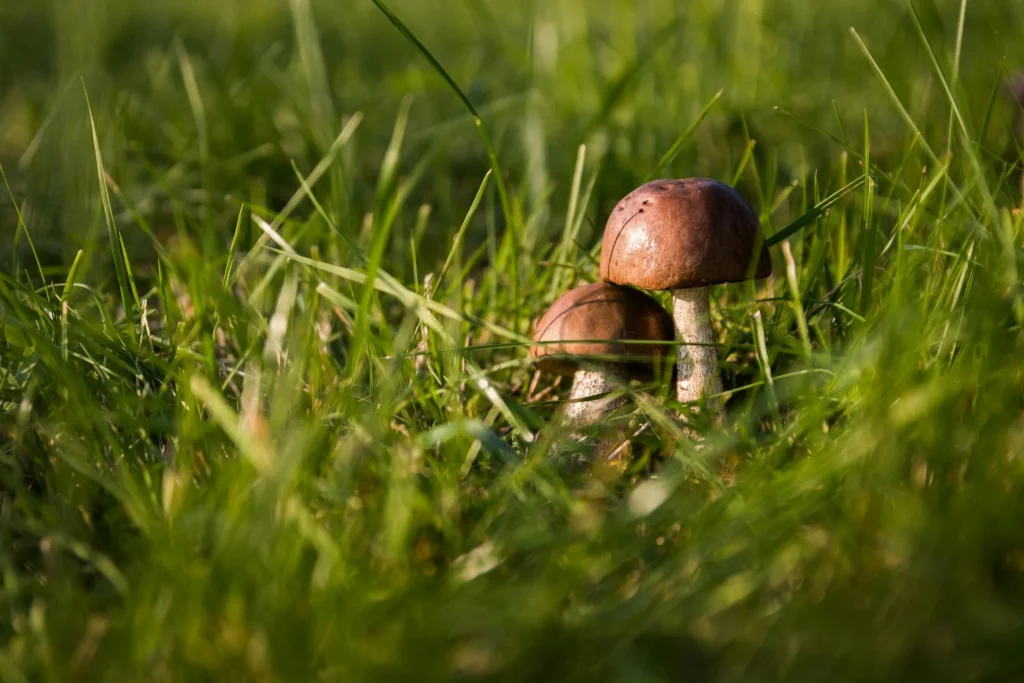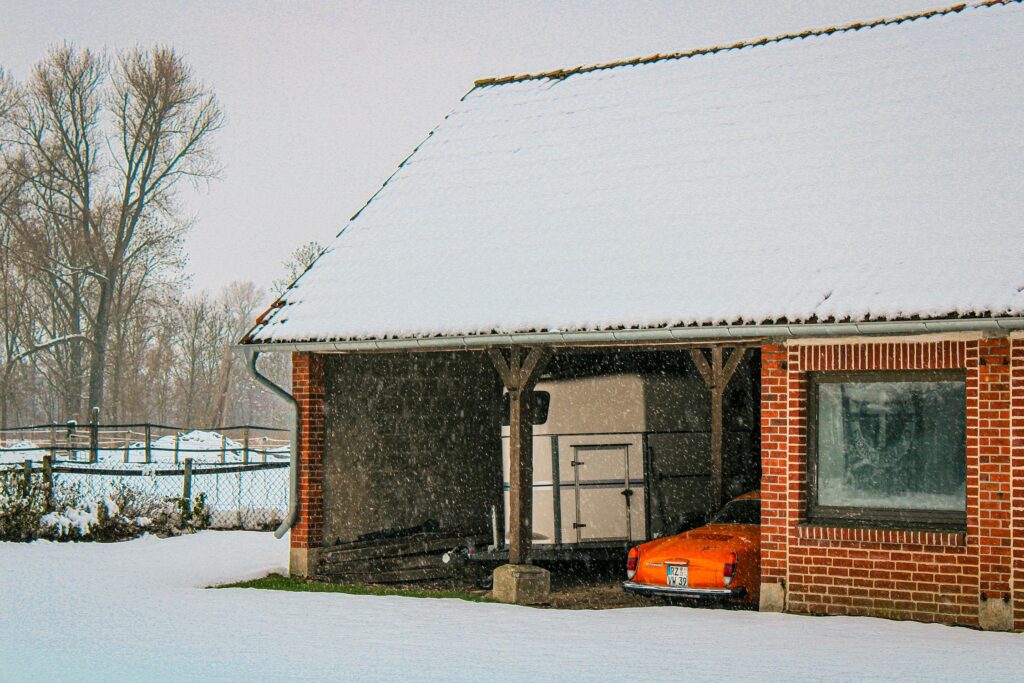Clover, scientifically known as Trifolium, is a common plant found across the globe with over 300 different species. This persistent plant often finds its way into our gardens and lawns, seeming to pop up overnight. Clover tends to grow in lawns for a variety of reasons typically related to the lawn’s existing conditions, such as poor soil quality or lack of specific lawn maintenance. Since controlling clover growth is an essential part of maintaining a healthy and aesthetically appealing lawn, understanding how to identify, manage, and prevent clover is key for homeowners and gardeners alike.
Identifying Clover in Lawns
Clover is a short perennial plant, usually with leaves divided into three leaflets—hence the name Trifolium, which means “three leaves”. Some common types of clover include red clover, white clover, and crimson clover. Identification of clover in your lawn can be done by looking for these tri-leaflet patterns and typical white or pink flowers, which often attract bees. In addition, clover often forms a dense mat, with creeping stems that root at various points.
The Problems Caused by Clover
Despite being a plant, the wrong place’s presence, such as your pristine lawn, can cause headaches. Clover competes with grass for essential nutrients, water, and sunlight, thereby causing an impact on lawn aesthetics, as sizable clover clumps can ruin the uniform green look of a lawn. Moreover, because it attracts bees, a lawn full of clover could become a bit risky for people, especially those allergic to bee stings. Clover’s aggressive growth also can overtake grass, leading to a less desirable clover lawn.
The Benefits of Clover
Despite its issues, clover isn’t all bad. Clover has a great quality that gardeners appreciate: it can take nitrogen from the air and fix it to the soil, thereby improving soil fertility and structure, which is beneficial for surrounding plants. This is why some individuals might opt to leave clover in their lawns, especially in areas struggling with soil health. Clover also stays green, even during droughts, contributing to lawn color when grass turns brown.
Use Preventive Measures
Stemming from clover’s preference for lawns with low nitrogen levels and compacted soil, preventative measures primarily involve improving these conditions. Regular lawn maintenance practices such as aerating to reduce soil compaction, watering deeply but infrequently to encourage root growth, and fertilizing to raise nitrogen levels can all discourage clover growth. Ignoring these practices would create an ideal environment for clover to thrive.
Using Non-Chemical Methods
Non-chemical methods are often preferable due to their environmental friendliness. Manually removing clover is one method that involves physical extraction of all the plant parts: flowers, leaves, stems, and importantly, roots. Natural lawn care techniques like maintaining a higher mowing height to let grass shade out clover can also be effective. Homemade solutions such as vinegar dousing can help, but they might have varying levels of success. While these methods are safer for the environment and the user, they can be more laborious and less effective than their chemical counterparts.
Using Chemical Methods
For stubborn clover infestations, chemical methods might be necessary. These methods typically include the use of selective herbicides that target broadleaf plants like clover without damaging desired grass. Products such as Ortho Weed B Gon and Spectracide Weed Stop offer solutions designed for clover eradication. While chemical methods can provide quicker and more effective results, safety precautions must be taken due to potential harm to humans, pets, and beneficial garden creatures.
Long-term Strategies for Clover Control
A long-term strategy to control clover primarily involves maintaining a healthy lawn. Planting competitive grass types that can outgrow and outcompete clover is one approach, along with regular lawn care practices. Regular fertilization to increase soil nitrogen levels and soil aeration to help root penetration are critical aspects of these strategies. Implementing these measures consistently will help control clover in the long run, as they create unfavorable conditions for clover and favor your desired lawn grass.
Conclusion
From its identification to its effects and various removal strategies, we’ve cruised over the essential points linked to clover in your lawn. Clover’s presence in your lawn isn’t exclusively harmful, and at times might even be desirable for its soil-nourishing properties. However, for those seeking a pure, clover-free lawn, understanding various control measures both preventive and corrective is crucial.
We hope you found this guide helpful. If you have your own tips or methods for managing clover in lawns, we’d love for you to share them in the comments. Also, remember to check out our other articles for more tips on effective lawn care and garden management. Maintain your lawn, master your garden!


